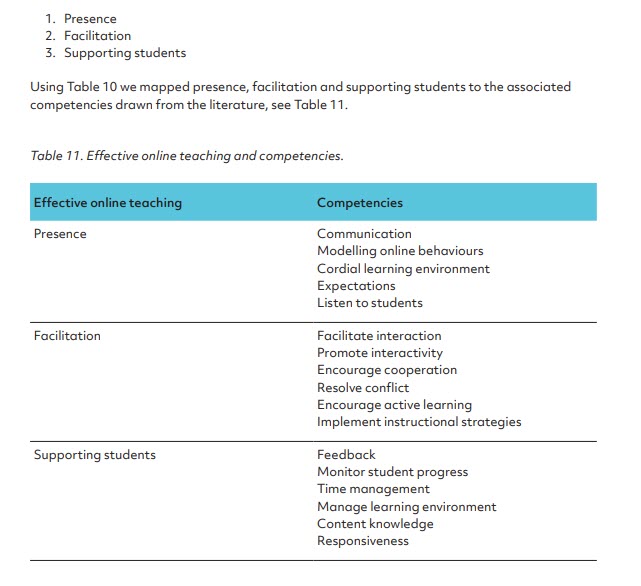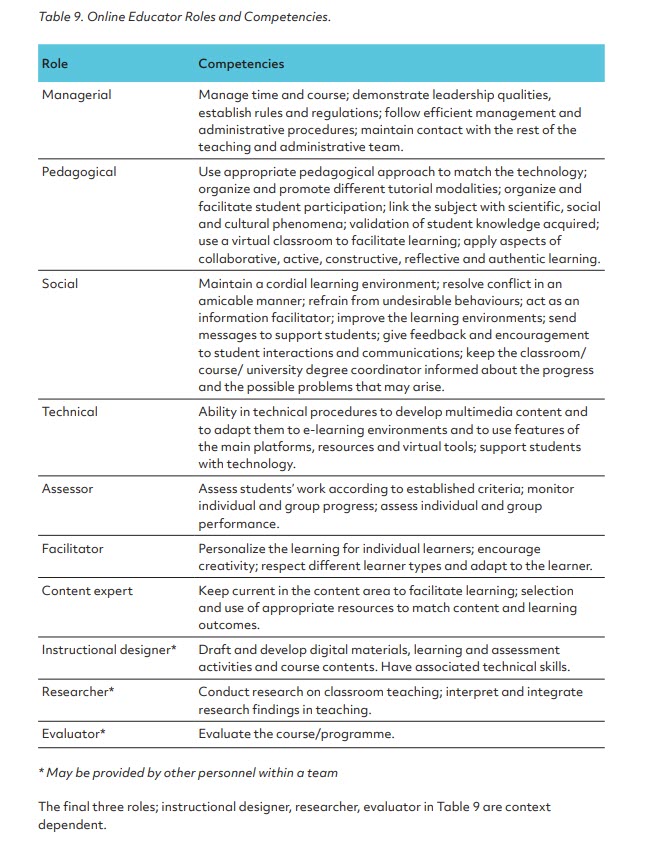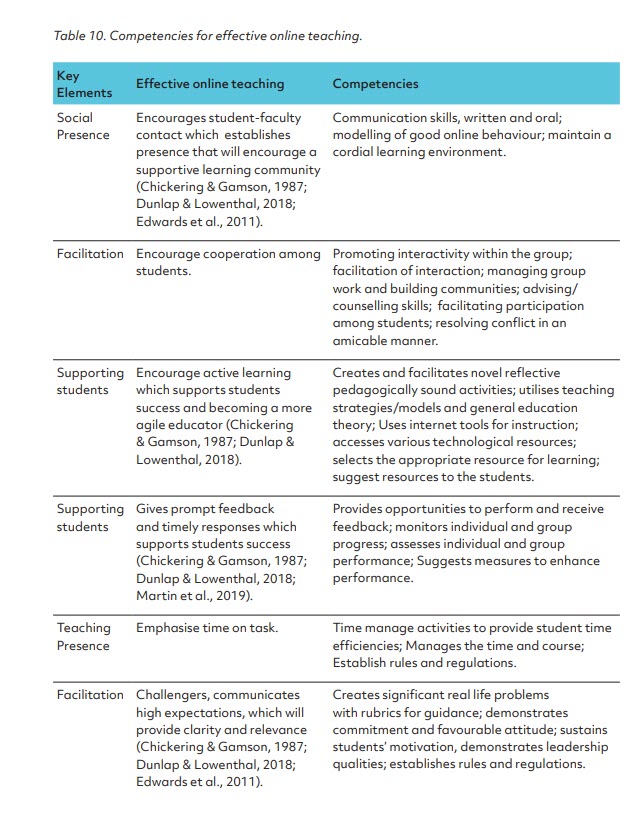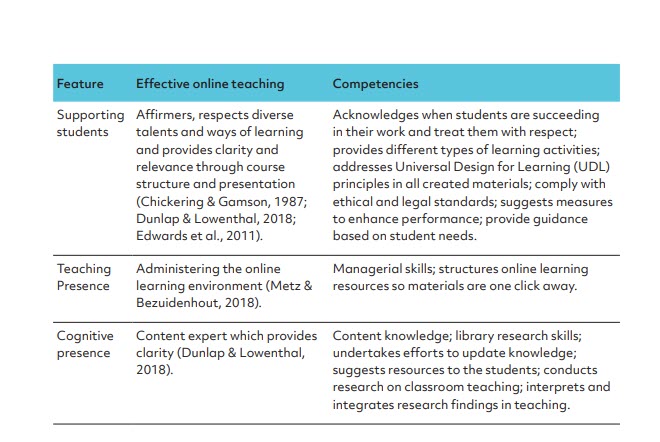Module 2-Week 5: Working with Diverse Learners (Joerdis Facilitator Lead)
Dear all,
Welcome to Week 5, the hump week in our course. As we are still moving within the Module 2, we will continue to focus on the interactions with our learners, this time through the lenses of the diversity. As you all know, the unique assemblies of people in our courses can pose different sets of challenges for us as instructors and for our learners. In the context of online teaching, our approaches to addressing diversity will need even more thorough planning to build inclusive and engaging spaces for our different learners to come together and move ahead in their learning in ways that we anticipate for them.
Considering how broad the topic of diversity is, this week will not follow a set path for all of you, but instead offer you individual choice and autonomy. The design of this unit is guided by the Universal Design for Learning (UDL) principle of learner engagement by providing you with options for topics to explore that closely relate to your specific teaching contexts. I hope the scaffolding of the first 4 activities will help sustain your efforts through the varying of resources and the opportunity to share your answers and strategies with each other.
The last activity this week will be a continuation of the Wikipedia project you started last week. Please continue building your editor skills by first completing the assigned 4 training units and then choosing an article for modification. You are free to pick an article of your choice in a field that interests you. Make sure to pick an article that still leaves room for improvements. We will be working within the Wikipedia space all throughout this term, so if you cannot complete the assigned activities this week, you will still be able to catch up later.
My role as the lead facilitator this week will be to monitor and if need be organize our collaborative working space (= an Etherpad that we can simultaneously access) and answer any of your questions as they arise. I will also provide some feedback on your work from last week by sending you more detailed teacher feedback by the middle of this week. This means that anyone wanting to join our Reading Discussion in 4.3 or to give us valuable student feedback in 4.4 will still have a few more days to do so (until Wednesday noon).
Check out the schedule for the week by clicking on this link.
Looking forward to a very productive week guided by your own teaching needs.
Joerdis
Good morning everyone,
Since many of you might have come close to deciding on the topic you want to explore in more detail this week, I thought it would be a good time to to share a few finds with those of you looking for more concretely spelled HOW TO instructions to addressing the diversity in their online environments.
1. Someone among you was asking what mobile solutions there are with respect to offline resources and activities. I came across the following description of an ebook, which the author, Lisa Tagliaferri, created as a tutorial that’s available to users in multiple formats without the need to maintain an internet connection. Check both of them out to see whether this kind of organization would work for your courses as well. What I like about the book format is the freedom for users to move at their own pace and enter the parts in an order of their choice. This approach is definitely something that I want to bring into my courses more in the future.
Tagliaferri, L. (n.d.). Free Educational eBook—Learn How To Program in Python 3. Retrieved October 31, 2019, from DigitalOcean website: https://www.digitalocean.com/community/tutorials/digitalocean-ebook-how-to-code-in-python
2. The following materials are 2 examples of inclusive syllabi written by two professors are working actively towards creating inclusive academic classrooms:
A) Dr. Jenn Polish on Accessible Syllabus Design: Content, Assignments, Assessments, and More. (n.d.). Retrieved October 31, 2019, from HASTAC website: https://www.hastac.org/blogs/ckatopodis/2019/10/07/dr-jenn-polish-accessible-syllabus-design-content-assignments
B) A Welcoming Student-Centered Syllabus by Prof. Jill Grose-Fifer. (n.d.). Retrieved October 31, 2019, from HASTAC website: https://www.hastac.org/blogs/ckatopodis/2019/10/28/welcoming-student-centered-syllabus-prof-jill-grose-fifer
http://www.thetattooedprof.com/2017/10/20/the-progressive-stack-and-standing-for-inclusive-teaching/
3. To those of you wanting to explore power dynamics further, I highly recommend the blog post by the historian David Gannon below, who introduces the Progressive Stack as a method to “create a vital, democratic classroom.”
Gannon, K. (2017, October 20). The Progressive Stack and Standing for Inclusive Teaching. Retrieved October 31, 2019, from The Tattooed Professor website: http://www.thetattooedprof.com/2017/10/20/the-progressive-stack-and-standing-for-inclusive-teaching/
Kind regards to all,
Joerdis
Dear all
After having moved through the research activity in Week 5, you might now see more clearly why Kristi and I started our FLOf course with an activity that made you think about your educational philosophy and pedagogical values. It’s because our views of teaching and learning determine the roles we assign our online students and assume ourselves when teaching online.
While there is still need for more in-depth research on the student’s role and responsibilities, the body of research on Online Educator Roles and Competencies is conclusive enough to highlight three key elements for effective teaching diverse learners online, namely
Ní Shé et. al (2019, p. 41)
The report Teaching online is different I quoted above got published very recently and as it is based on a comprehensive literature review, it can provide good guidance in answering some of the central questions you have asked in relation to working with diverse learners. They all revolve around the roles the online educators take and the competencies they will need to have in order to create effective online learning experiences for all of their online learners.
I would like to add two more tables from the report here since they capture the essence of high-quality online facilitation. The first table (9, p. 32) outlines the complex and diverse amalgamate of roles the researchers identified as essential to effective online teaching.
As you can see from the long list above, working with diverse online learners is indeed an intricate and involved enterprise. The following table (10, pp. 35-6) provides further details pertaining to the competencies online educators need to have to be able to teach effectively online.
Judging from the questions you shared and the synthesis of the resources you provided on our collaborative 5.1 Etherpad, I know that you can base your decisions on intentional pedagogical approaches when designing learner experiences for your online courses. Most of you will agree with the veteran online teaching professor, Dr. Pazurek, who argues that an intentional approach is necessary “because online teaching and learning is about more than just delivering and consuming content. We need to base our pedagogical approach on fostering an educational experience that is active, not passive, and one that is meaningful, engaging, and thought-provoking.” (Kozeoglu, S. & Bozkurt, A., August 2019)
I hope that the first half of FLOf 2019, including our last topic in week 5, has provided you with a number of examples how to actively involve students in the learning process and foster learner agency through the provision of spaces for dialogue and choices for topics or syntheses.
Since you’ve worked your way through Module 1, you also know that FLOf2019 is grounded in a social learning model. Every module in this course has and will continue(d) to demonstrate how important we find the building of an online learning community as a means to create a knowledge-base, where we contextualize new ideas or concepts within the frameworks of our disciplines and personal teaching experiences. There’s no doubt that the examples of both our livelier and also quieter exchanges in FLOf2019 have shown you how much the richness in community learning depends on the willingness of its members to connect, interact, care and share.
Helen’s emphasis of the recommendation to have the course design “validated by a member of the group or groups to whom the learning materials are addressed” (McLoughlin & Oliver, 2000, p. 64) highlights the importance of including students in the processes of designing and facilitating online learning.
Before the start of FLOf2019, for instance, we couldn’t invite your feedback and so were left to anticipate who would join and for what reason, which is why among many of the learning activities one secondary goal is to provide you with the means of letting us know what needs improvements. We acknowledge that our class is small and easier to oversee in its range of diversity, but we hope that the inclusion of different methods has shown you a few ways how you can address the diversity of learners in your online courses. If you feel that we haven’t yet met your needs (or to the extend your were hoping to), please reach out and let us know what you are looking for. We will try to do our best to accommodate your wishes to learn more about specific topics and/ or tools.
Please also feel free to continue adding to our 5.1 Working with Diverse Learners Etherpad. There are still many open questions for us to explore. If you cannot put in the time to synthesize your resources, feel free to at least post the reference for us to access at our own convenience.
On that note, by officially moving out of week 5, I will now close the chapter of Module 2. I look forward to our conversations in the third module in this course.
Joerdis
References
Kozeoglu, S., & Bozkurt, A. (2019, August). elearn Magazine: How to Teach Online: An interview with Dr. Angel Pazurek. https://doi.org/10.1145/3343235. Retrieved November 6, 2019, from ELearn Magazine, an ACM Publication website: https://elearnmag.acm.org/archive.cfm?aid=3343235
Ní Shé, C., Farrell, O., Brunton, J., Costello, E., Donlon, E., Trevaskis, S., Eccles, S. (2019). Teaching online is different: critical perspectives from the literature. Dublin: Dublin City University. Doi: 10.5281/zenodo.3479402 Retrieved from https://openteach.ie/publications/





